I'm sure this is easy, but I've been tearing my hair out trying to find out how to do this in R.
I have some data that I am trying to fit to a power law distribution. To do this, you need to plot the data on a log-log cumulative probability chart. The y-axis is the LOG of the frequency of the data (or log-probability, if you like), and the x-axis is the log of the values. If it's a straight line, then it fits a power law distribution, and the gradient determines the power law parameter.
If I want the frequency of the data, I can just use the ecdf() function:
My data set is called Profits.negative, and it's just a long list of trading profits that were less than zero (and I've notionally converted them all to positive numbers to avoid logging problems later on).
So I can type
plot(ecdf(Profits.negative))
And I get a handy empirical CDF function plotted. All I need to do is to convert both axes to log scales. I can do the x-axis:
Profits.negative.logs <- log(Profits.negative)
plot(ecdf(Profits.negative.logs))
Almost there! I just need to work out how to log the y-axis! But I can't seem to do it, and I can't work out how to extract the figures from the ecdf object. Can anyone help?
I know there is a power.law.fit function, but that just estimates the parameters - I want to plot the data and see if it lines up.

